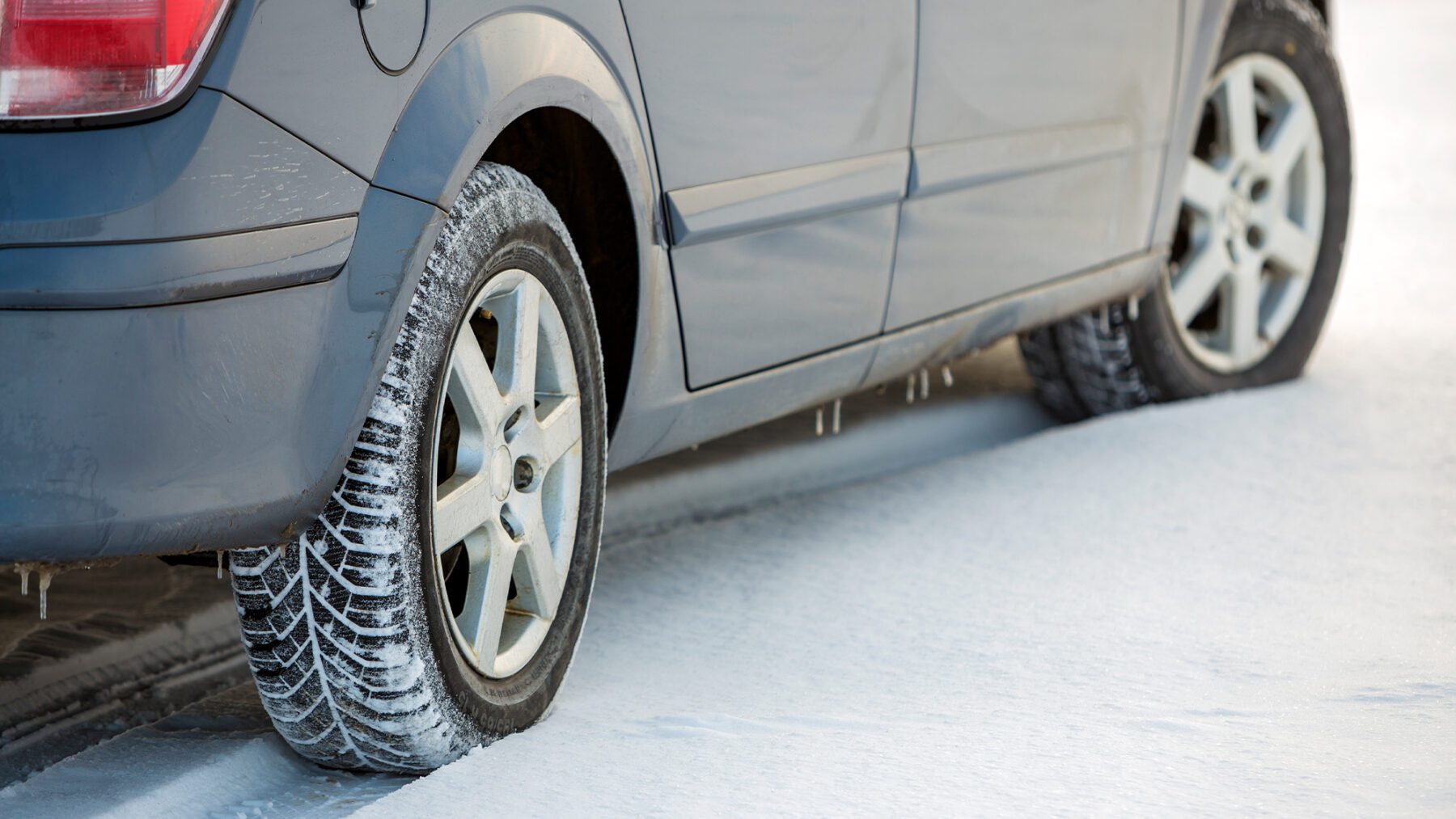How Snow Affects Winter Tire Stopping Distance


Driving on snowy roads can be challenging, even for skilled drivers. Snow has a big impact on winter tire stopping distance, which plays a key role in how safely you can handle icy and slushy conditions. Having the right winter tires is essential, but understanding how they perform in the snow is just as important for staying safe.
Without the right tires, stopping on snow or ice can feel impossible. However, understanding how snow tire stopping distance works and why it’s different with winter tires helps you prepare for safer driving in winter. Let’s dive into the details of how snow impacts winter tire stopping distance and what you can do about it.
What Is Winter Tire Stopping Distance?
Winter tire stopping distance refers to the length your car needs to come to a complete stop after applying brakes on icy or snowy surfaces. Unlike all-season tires, winter tires are designed to shorten this distance, making them a safer choice for slippery roads. Shorter stopping distances directly reduce risks associated with winter driving, especially in challenging conditions.
Stopping distance can vary greatly depending on several factors, making it essential to understand the nuances for safety. Snow-covered roads significantly increase stopping distances due to reduced traction. Worn tires further compromise grip, extending the distance needed to stop. Additionally, faster speeds result in exponentially longer stopping distances, regardless of tire type.
To stay safe, equip your car with quality winter tires and adjust your driving to match road conditions. This not only improves stopping distance but also helps maintain control during emergencies, keeping you and others on the road safer.
Why Winter Tires Matter for Snowy Roads
- Specialized Rubber Compounds: Winter tires use softer rubber, which stays flexible in cold weather, allowing for better traction on snow and ice.
- Unique Tread Patterns: Treads on winter tires are deeper and more aggressive, designed to grip snowy surfaces and channel slush away from the tire’s surface.
- Shorter Stopping Distances: Studies show that vehicles equipped with winter tires stop significantly faster in snow compared to those with all-season tires.
What Happens to Braking Distance in Snow?
Braking distance in snow increases significantly due to reduced traction between the tires and the road surface. Snow acts as a slippery layer, making it harder for tires to grip the road effectively. Even with advanced braking systems, vehicles require more time and space to come to a complete stop in snowy conditions.
For example, studies show that vehicles equipped with all-season tires can take up to twice the distance to stop on snow compared to those with winter tires. Winter tires are specially designed to maintain flexibility and traction in cold weather, shortening braking distances and improving safety on icy or snowy roads. However, even with the best tires, cautious driving and maintaining a safe following distance are essential to account for the extended stopping distance caused by snow.
Factors Influencing Snow Tire Stopping Distance
The type of tire you use is the most significant factor in winter-stopping performance.
- Winter Tires: These are designed for snow and ice, reducing stopping distances by up to 50% compared to all-season tires.
- All-Season Tires: While versatile, they harden in cold temperatures, increasing stopping distance.
- Tire Condition: Worn-out treads compromise performance, even for winter tires.
- Powdery Snow: Offers less traction, increasing the distance needed to stop.
- Packed Snow or Ice: Creates slippery surfaces that make braking even more difficult.
Heavier vehicles take longer to stop on snow. Similarly, faster speeds increase stopping distances dramatically, even with winter tires.
Maintaining a steady, slow pace and reducing sudden movements can help compensate for these factors.
How to Improve Winter Tire Safety
- Schedule Routine Tire Maintenance: Regular maintenance keeps your tires in peak condition. Check alignment to prevent uneven wear, rotate tires to extend their lifespan, and inspect for cracks or punctures that could compromise safety. Routine care ensures your tires are prepared for challenging road conditions.
- Store Tires Properly: If you use winter tires seasonally, proper storage is essential for maintaining quality. Clean them thoroughly to remove dirt and road salt that could cause deterioration. Store them in a cool, dry place, away from direct sunlight or heat, to prevent damage to the rubber.
- Practice Safe Winter Driving Habits: How you drive plays a significant role in tire performance. Maintain a safe following distance to allow extra time for braking. Avoid sudden braking or acceleration to reduce skidding risks, and use lower gears on hills to maintain better control. These habits complement your winter tires, ensuring a safer drive.
Winter Tire Safety Checklist
- Ensure the depth is at least 6/32 inches for effective grip.
- Replace tires with worn-out treads immediately.
- Cold weather lowers air pressure; check weekly to maintain optimal levels.
- Uneven wear may indicate alignment issues, which need to be corrected.
- Remove salt, slush, and dirt to prevent buildup that can affect performance.
- Switch to winter tires as temperatures drop below 45°F for improved stopping power.
How to Prepare for Winter Driving Challenges
1. Switch to Winter Tires Early
- Optimal Temperature: Winter tires are most effective when temperatures drop below 45°F.
- Prevent Delays: Early preparation ensures your vehicle is ready before icy roads appear.
2. Keep Emergency Supplies in Your Car
- Essentials: Blankets, water, and non-perishable snacks.
- Tools: An ice scraper, shovel, and tire chains for extreme snow.
- Safety Equipment: A flashlight, jumper cables, and a first-aid kit.
3. Plan Your Routes
- Check weather forecasts before heading out.
- Avoid hilly or unplowed roads if possible.
Common Misconceptions About Winter Tire Stopping Distance
Even in cities where roads are often plowed, winter tires are crucial. Black ice can form in shaded areas or during sudden drops in temperature. Additionally, urban traffic compacts snow, creating slick, hard surfaces that require better traction. Urban drivers should not overlook the benefits of winter tires in snowy or icy conditions.
Urban drivers should not overlook the benefits of winter tires in snowy or icy conditions.
Ensure Safety with Optimal Winter Tire Stopping Distance
Snow and ice create hazardous driving conditions that directly impact winter tire stopping distance. Proper winter tires improve traction, reduce stopping distances, and enhance overall safety in snowy weather. Combined with cautious driving habits and regular maintenance, they ensure safer journeys all winter long.
Winter driving is challenging, but preparation and the right tires make all the difference. Stay alert, maintain your tires, and adjust your habits to match the conditions for a safer experience on icy roads.
Ready for a safer drive in winter? If you’re near Wilmette, Northbrook, or Evanston, contact HEART Auto Care for car maintenance and tire solutions. For further inquiries, visit Contact Us.










